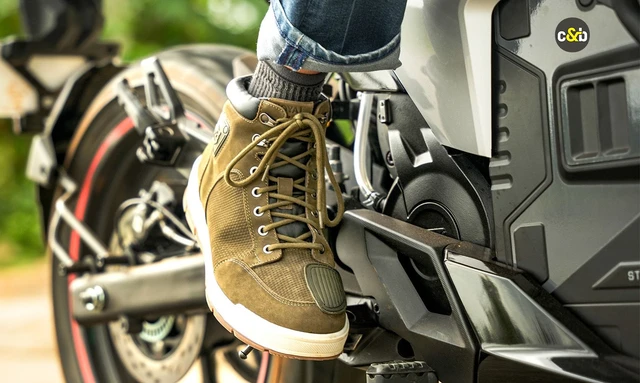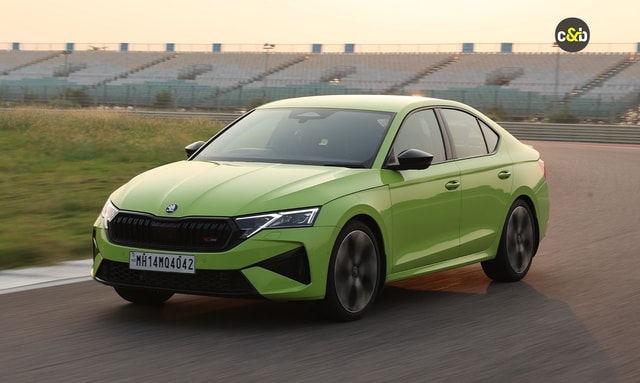New CAFE-3 Draft Norms Retain Benefits For Hybrids; Incentives For Small Cars, Flex Fuel Vehicles Proposed

- New CAFE 3 draft retains benefits for hybrids
- Small cars to get addition CO2 write-offs
- Flex-fuel vehicles attrract CO2 computation benefits under new Carbon Neutrality Factor
The Bureau of Energy Efficiency has issued new draft norms for the upcoming new Corporate Average Fuel Efficiency 3 (CAFE 3) regulations set to come into effect from 2027. The draft proposes new incentives for small cars, CNG vehicles, and flex-fuel vehicles, while also proposing the continuation of incentives for strong hybrid vehicles. The latest proposal also drops the mention of Hydrogen fuel cell electric vehicles (FCEVs), which originally found a mention in the 2024 draft.
Also read: Supreme Court Shuts Down PIL On Ethanol-Free Petrol

Small petrol cars weighing under 909 kg unladen to get CO2 g/km computation benefits
Starting with hybrids, while the original draft from 2024 had suggested a reduction in incentives for CO2 calculations, the new draft retains the existing incentives under the CAFE 2 norms. While the original 2024 draft document proposed reducing the volume derogation factor on PHEVs from 2.5 to 2 and on strong hybrids from 2 to 1.2, the new draft norms maintains the levels from CAFE 2. The new draft also calls for further segregation for strong hybrids, with flex-fuel powered strong hybrids falling in the same category as PHEVs.
Furthermore, a new category for flex fuel vehicles has been created with a volume derogation factor of 1.5.
Also Read: Ethanol Blending: SIAM Assures Warranties Of Non-E20 Compliant Vehicles Will Be Honoured

Strong hybrids to get CO2 set-off in line with current CAFE 2 regulations; flex fuel strong hybrids to also get carbon neutrality factor benefits.
A volume derogation factor is essentially a regulatory adjustment that allows for increased allowance for CO2 computation under the CAFE guidelines.
Additionally, the new draft also calls for the implementation of a carbon neutrality factor on certain vehicle categories. The carbon neutrality factor is essentially a discount on the manufacturer-declared CO2 levels of a motor vehicle. Petrol cars running on E20 to E30 grade petrol will get an up to eight per cent set-off while CNG vehicles will be offered a set-off of up to five per cent. Flex fuel vehicles - including flex-fuel powered strong hybrids, will attract a carbon neutrality factor of 22.3 per cent on CO2 tailpipe emissions.
Also read: Ethanol Now More Expensive Than Petrol; Improves Performance: Govt

Flex fuel vehicles to get the highest benefits under the proposed Carbon Neutrality Factor.
Furthermore, small petrol cars will be allowed ‘a further reduction of 3.0 g CO2/km’, subject to a cap of 9.0 g CO2/km, in their manufacturer-declared CO2 performance for CAFE computation. The document defines these as vehicles measuring under 4000 mm in length, having an engine capacity not exceeding 1,200 cc and having an unladed weight of up to 909 kg. This should be beneficial, particularly in the budget end of the mass market segments.
The document also states that from 2026, manufacturers will be required to compute g CO2/km of each vehicle based on the Mixed Indian Driving Cycle (MIDC) and Worldwide Harmonized Light Vehicles Test Procedure (WLTP)testing procedures. Manufacturers will also be required to report Fuel Consumption in litres per 100 km. The document also details the computation matrices for the varying calculations required.
Trending News
 1 min readYamaha XSR155: In Pictures
1 min readYamaha XSR155: In Pictures
Latest News
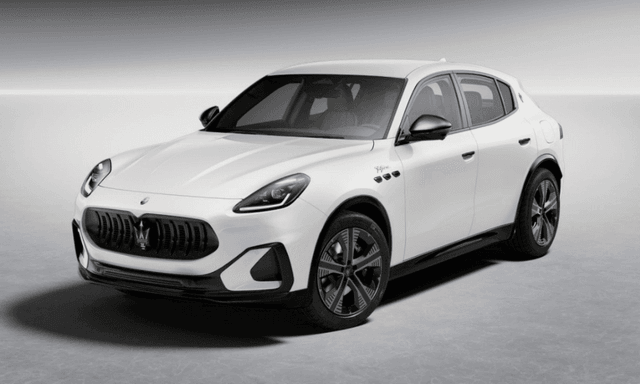 car&bike Team | Nov 14, 2025Maserati Grecale Folgore Launched In India At Rs 1.89 CroreThe Grecale Folgore is Maserati’s first electric car and gets a 105 kWh battery pack.2 mins read
car&bike Team | Nov 14, 2025Maserati Grecale Folgore Launched In India At Rs 1.89 CroreThe Grecale Folgore is Maserati’s first electric car and gets a 105 kWh battery pack.2 mins read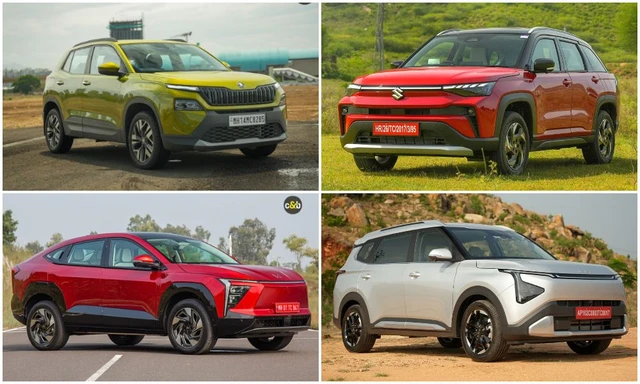 car&bike Team | Nov 14, 2025Car Sales Witness A Healthy Jump In October 2025, Modest Growth For Two-WheelersThe Society of Indian Automobile manufacturers has released the nationwide data of vehicle wholesales for the month of October which show a significant rise in car sales1 min read
car&bike Team | Nov 14, 2025Car Sales Witness A Healthy Jump In October 2025, Modest Growth For Two-WheelersThe Society of Indian Automobile manufacturers has released the nationwide data of vehicle wholesales for the month of October which show a significant rise in car sales1 min read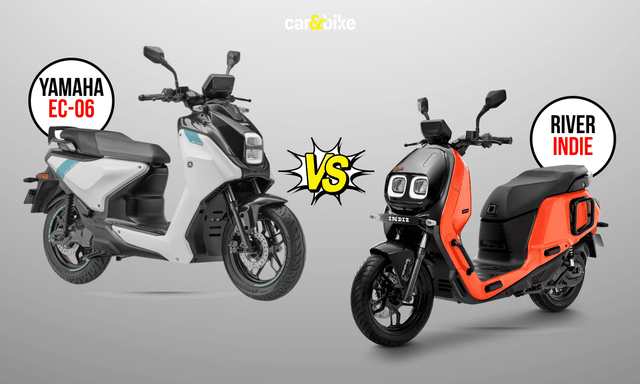 Jafar Rizvi | Nov 14, 2025Yamaha EC-06 vs River Indie: How Different Are The Two Electric Scooters?The EC-06 shares its foundation with the River Indie, and here we look at the differences between the two.4 mins read
Jafar Rizvi | Nov 14, 2025Yamaha EC-06 vs River Indie: How Different Are The Two Electric Scooters?The EC-06 shares its foundation with the River Indie, and here we look at the differences between the two.4 mins read Carandbike Team | Nov 14, 20252026 Kawasaki Z1100 Launched At Rs. 12.79 LakhBigger engine, new features and electronics mark Kawasaki’s top-of-the-line supernaked model in the Z series with a naturally aspirated powerplant.2 mins read
Carandbike Team | Nov 14, 20252026 Kawasaki Z1100 Launched At Rs. 12.79 LakhBigger engine, new features and electronics mark Kawasaki’s top-of-the-line supernaked model in the Z series with a naturally aspirated powerplant.2 mins read car&bike Team | Nov 13, 2025Premium Cars, SUVs Lead Growth In India’s Pre-Owned Market: IBB Report FY25India’s pre-owned car market hit 5.9 million units in FY25, with SUVs driving demand.3 mins read
car&bike Team | Nov 13, 2025Premium Cars, SUVs Lead Growth In India’s Pre-Owned Market: IBB Report FY25India’s pre-owned car market hit 5.9 million units in FY25, with SUVs driving demand.3 mins read car&bike Team | Nov 13, 2025Second-Gen Kia Seltos Global Debut On December 10New Seltos to get radical design changes over its predecessor and will also debut a new hybrid powertrain under the bonnet.3 mins read
car&bike Team | Nov 13, 2025Second-Gen Kia Seltos Global Debut On December 10New Seltos to get radical design changes over its predecessor and will also debut a new hybrid powertrain under the bonnet.3 mins read





























































































































